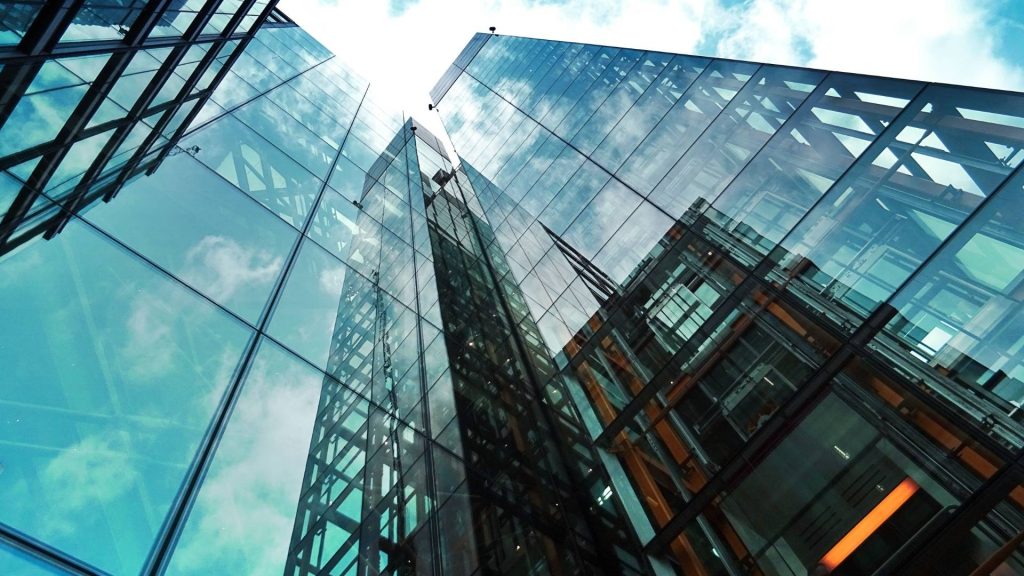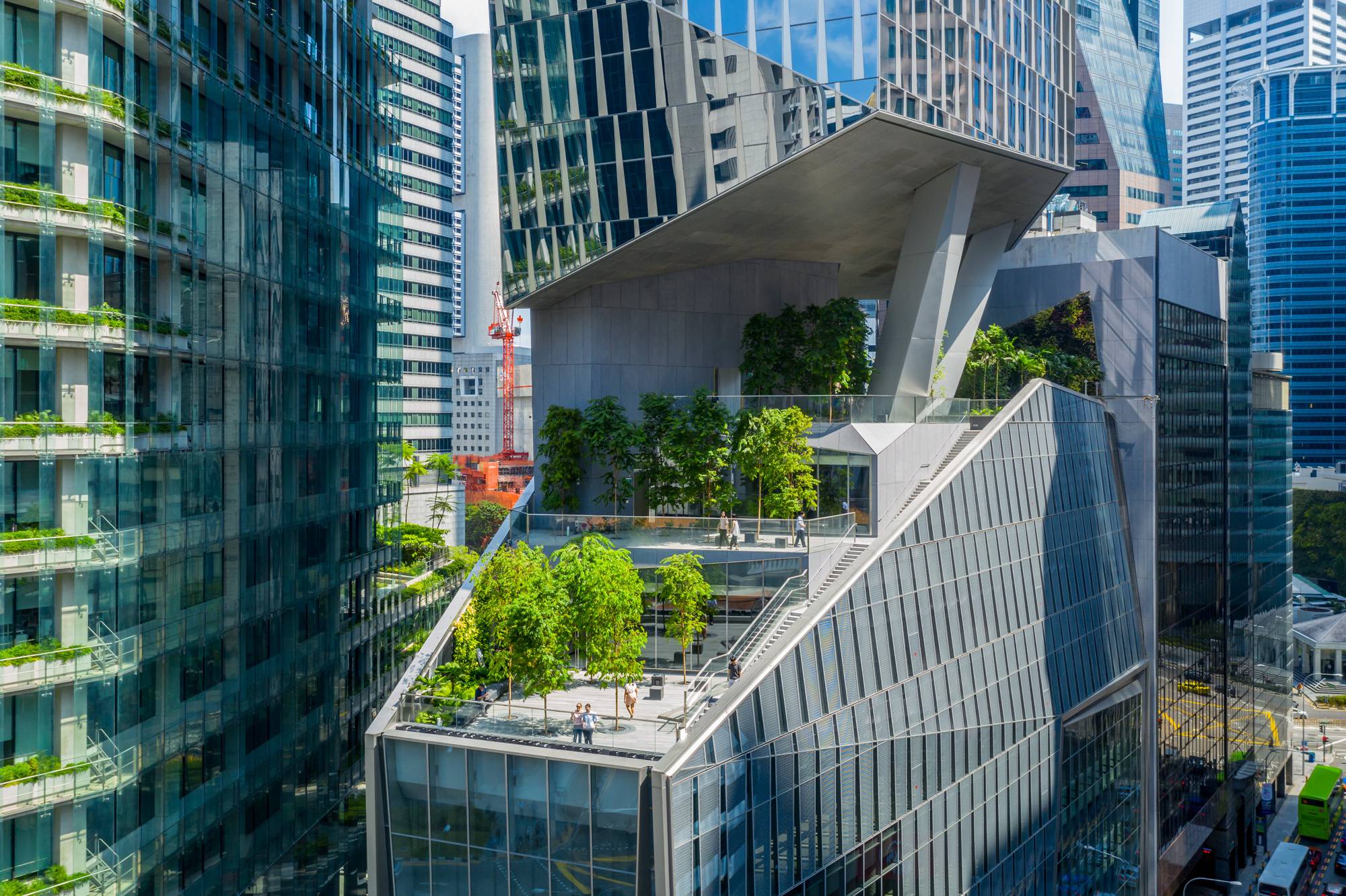What is Green Building Concept?
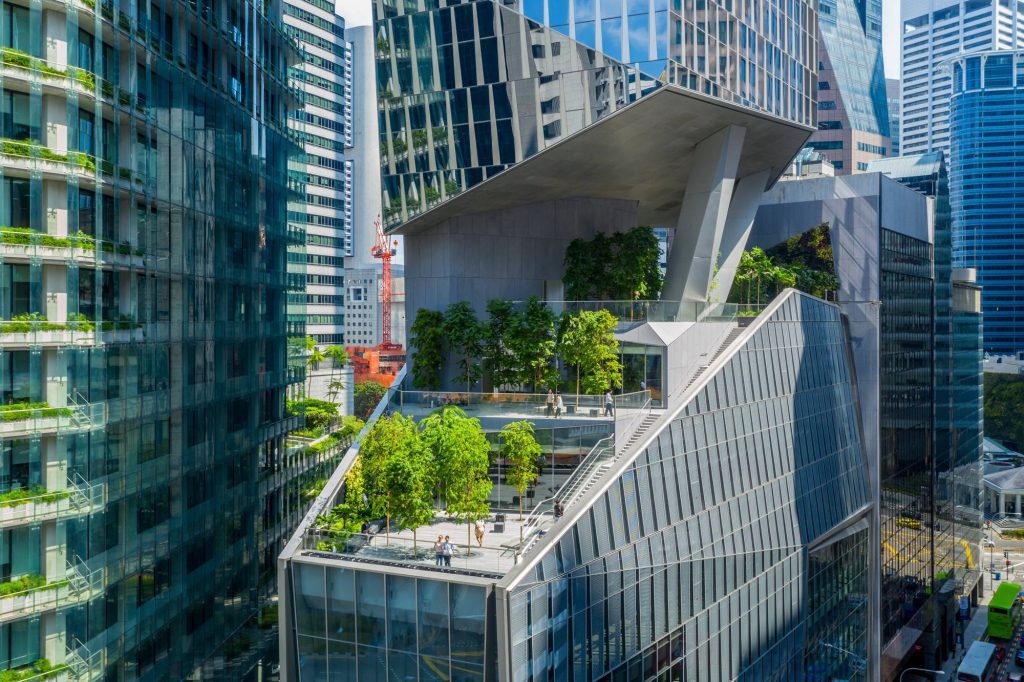
What is Green Building? Green buildings are those buildings which take environmental and energy efficiency into account while designing and building. Green buildings use materials that are sustainable and can be recycled easily.
Green building concepts aim at reducing the effect of the building on the surrounding environment, like air, land, and water. A well-designed building can have a positive environmental impact on our planet.
Green buildings in Malaysia are developed and accredited using a method known as the Green Building Index (GBI).
The GBI provides developers with guidelines and rating tools to help them understand and build buildings that meet the efficiency and environmental goals of green design.
What is Example of Green Building?
You may have heard the term “green” in connection with your work, but what exactly is an example of green building? It can be an innovative building or facility that uses energy-efficient, green technologies such as solar heating, passive solar design, renewable energy appliances, water-conserving appliances, and other green building practices.
It also can refer to a company’s efforts to go greener. Green building is the practice of incorporating such practices into the design and construction of a commercial building, facility, or home.
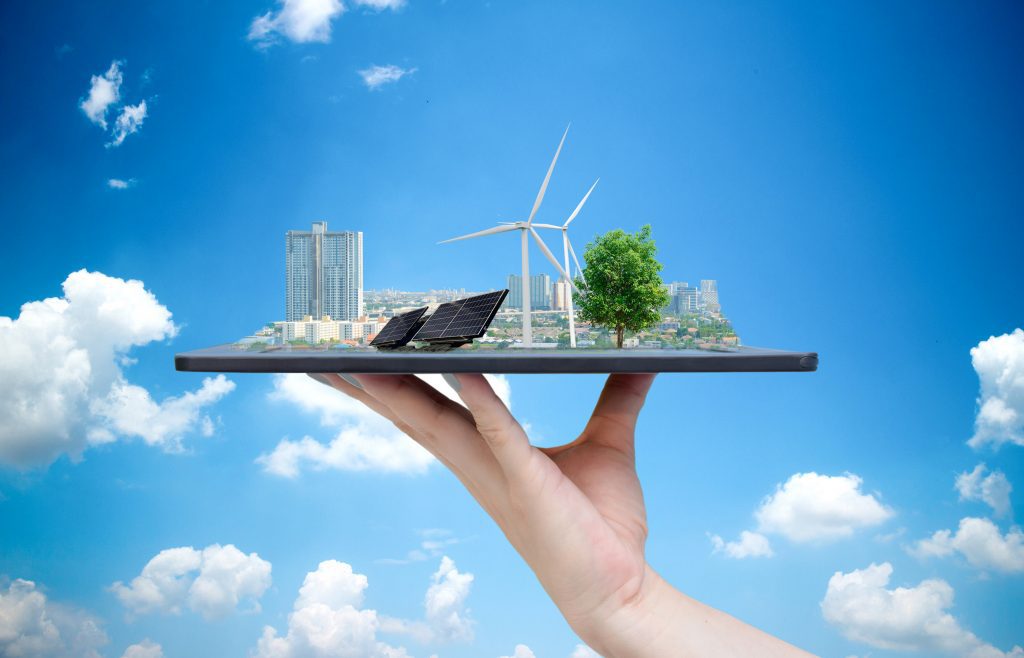
An example of green building may use sustainable building technologies to reduce energy consumption and improve air quality; this would allow buildings to be more energy efficient and contribute to less waste and pollution.
Aside from using these green building practices to reduce the impact on the environment, the goal of such practices is to create a building that is comfortable, safe, reliable, durable, sustainable, easy to maintain, and cost-effective.
For instance, a green building may include the use of solar panels to collect energy for energy production during the day, passive solar heating to maintain a constant room temperature, renewable heating to produce hot water, geothermal heat pumps to provide warm air to a home, and low-water window cooling systems to conserve energy.
Wind turbines are also a part of this type of facility. Wind turbines help to generate electricity by converting wind into energy. The wind turbines help to power electrical equipment in the building, which will allow the building to operate more smoothly during peak energy demand, saving money, time, and resources.
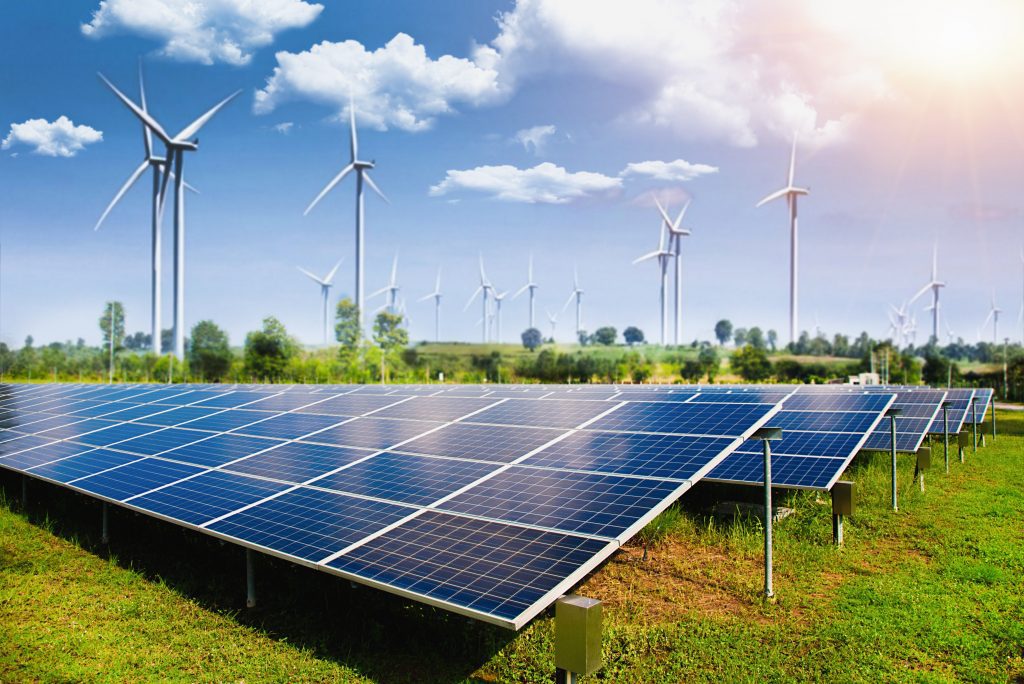
Another example of green building is a solar energy building. In this type of building, solar panels are used to capture energy from the sun. A movable tower is then used to store the collected energy and transfer it into a battery for use by machinery.
An added advantage of using this type of building is that wind turbines can be placed near the top of the tower. As well as helping to reduce the energy requirements of a business or home, solar energy buildings offer a good opportunity for those who wish to contribute to environmental preservation.
Why Green Building is Important?
Why green building is important? It is a popular question, especially in the construction industry, but what exactly is it? Green building is an approach to building that attempts to reduce the effect of waste and minimize the negative environmental impact that the construction process will have.
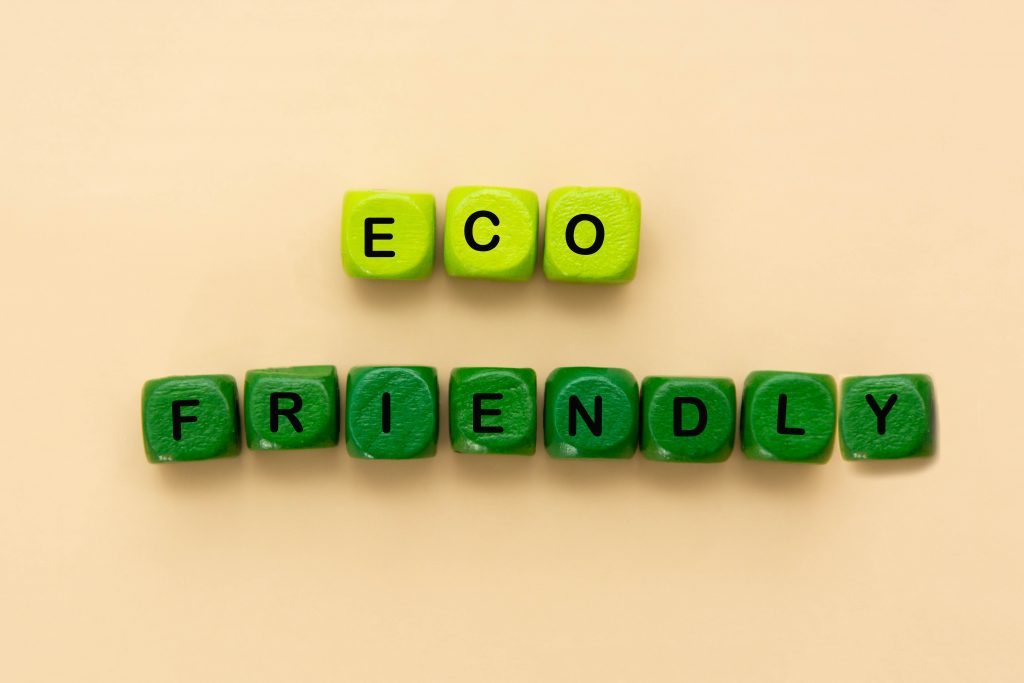
Green buildings promote the efficiency of such buildings with regards to energy, water and materials usage while also reducing the impact on the surrounding environment and individual’s well-being through better construction, design, operation, maintenance, removal and disposal.
Green construction has been accepted as the responsible alternative to traditional construction methods, leading to an increase in the acceptance and usage of such buildings throughout the world.
Why is it important to reduce waste and use only renewable resources when building a new building? This is a very reasonable question.
When a home or a building is constructed, large amounts of non-renewable resources are used in order to build the structure and create the internal spaces. This often means that the home or building does not have a long or a meaningful life span and eventually become a waste of resources and a nuisance to the surrounding environment.
A benefit of green building therefore is the maximization of efficiency without depleting the environment of valuable resources. Using materials that have a longer lifespan and can be recycled more effectively reduces the need to mine for natural resources and supports the continued use of these resources.
Another benefit of green building is that it promotes community harmony and cooperation by matching the different uses of the building to the resources available locally. This can eliminate the need for the construction of additional facilities, which can provide services and amenities that people will utilize when they are located close to the building.
By coordinating the different uses of the building, the residents of the surrounding communities benefit by enjoying reduced transportation costs and improved access to quality public services. The benefit of green building therefore is a reduction in environmental impact as well as the creation of social harmony and cooperation in the local area where the building is located.
What Are the 7 Components of Green Building?
With each one of us facing increasing energy costs, it is becoming increasingly clear what exactly the 7 essential components of green buildings are? As our planet continues to battle to find equilibrium between carbon dioxide output and oxygen consumption, it is imperative that we continue to utilize all environmentally friendly means at our disposal.
- Energy Efficiency and Renewable Energy.
- Water Efficiency.
- Environmentally Preferable Building Materials and Specifications.
- Waste Reduction.
- Toxics Reduction.
- Indoor Air Quality.
- Smart Growth and Sustainable Development.
Building design with sustainable design in mind helps to conserve resources while reducing waste. Energy consumption is one such area where green designs can make a real difference. When building with sustainable design you can reduce your energy consumption by up to eighty percent!
Green home construction helps to conserve energy consumption by incorporating passive solar design as well as careful use of heating and cooling resources.
It’s also incorporates the use of high grade insulation, including the use of closed cell foam insulation to reduce heat loss through the structure of the house, and the use of high grade windows that can keep the external temperature constant.
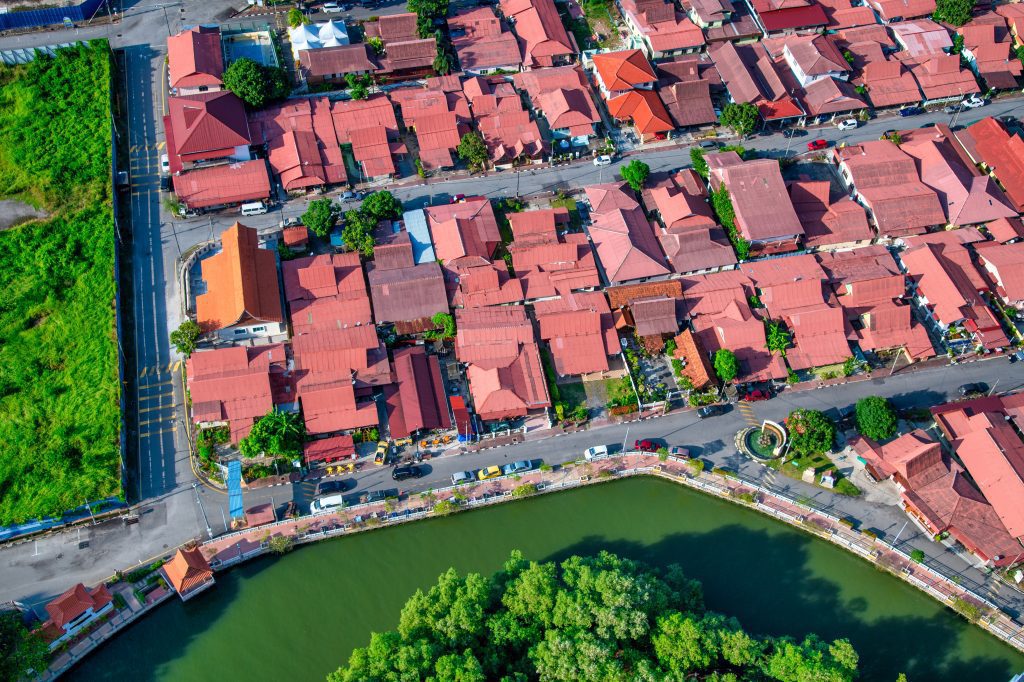
In addition to energy efficiency, green homes are designed with the goal of providing superior indoor environmental quality. By improving the air quality in a home, a green design can help to reduce the incidence of allergies, asthma, and other respiratory illnesses.
Green home construction incorporates many efficient building techniques that create an environment that is as healthy for the inhabitants as it is efficient and cost effective.
You may find us on LinkedIn, YouTube, Twitter, and Facebook if you want to learn more. Please do not hesitate to contact us if you have any additional questions or recommendations. We look forward to hearing from you.

